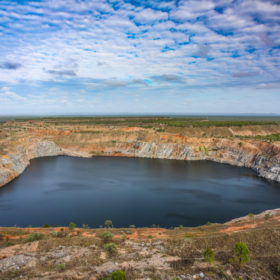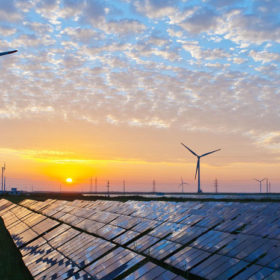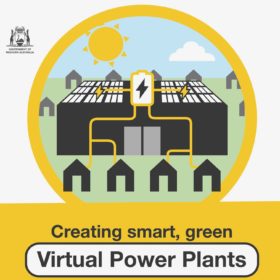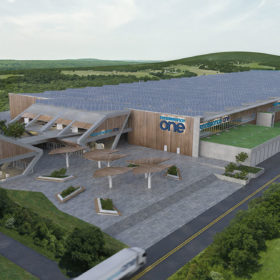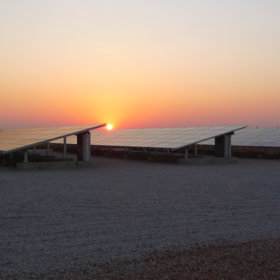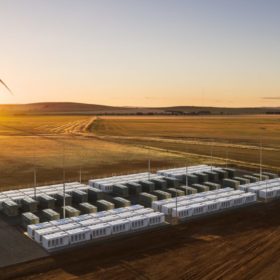Genex raises funding to fast-track Queensland battery project
After demand under the share placement significantly exceeded the company’s capacity, the Sydney-based developer has decided to undertake an additional share purchase plan to secure funding for the development of its 50 MW/75 MWh Como battery project in central Queensland.
ARENA-backed Origin Energy trial to demonstrate the value stack of EVs
In the absence of a national carbon-emissions target and a long-awaited EV policy, Origin and the Australian Renewable Energy Agency (on behalf of the Australian Government) are forging ahead with research that will show how coordinated smart-charging of an eventual surge of EV battery storage will benefit consumers and the grid.
CEFC to shift focus from renewables to grid, hydrogen projects
The Australian government’s green bank intends to move beyond solar and wind investment over the coming year and put its capital to work in the nascent green hydrogen industry and grid projects.
AEMC opens consultation on DER integration, solar export charges
The Australian Energy Market Commission (AEMC) is calling for submissions on proposed rule changes that would address the integration of distributed energy resources, including enabling export charges as a pricing tool.
Kalgoorlie high school set to be first in Schools VPP pilot project
The Schools Virtual Power Plant pilot project, part of the WA Government’s $66.3 million investment in solar and batteries in its WA Recovery Plan from the impacts of Covid-19, will see ten schools transformed into VPPs. The two year trial is expected to bring reduced electricity bills to schools, improved grid stability, and increased solar uptake in the local community.
A residential vanadium flow battery
Flow battery manufacturers typically pursue utility scale storage projects but German start-up VoltStorage is targeting the household market.
$245,000+ in AMGC funding accelerates the prospects of home-grown Li-ion battery manufacturer
COVID-19 has enhanced the conviction that Australia will benefit from advanced manufacturing and sovereign supply. Homegrown battery manufacturer Energy Renaissance is poised to drive home that advantage.
Making solar + batteries work for all
Trials of large-scale battery capabilities in Australia are showing great promise; behind the meter, households are buying into state-based battery programs and subsidies. Here, ANU’s Dr Lachlan Blackhall talks about the exciting potential for mid-scale community battery storage, future EV storage capacity, and more.
Solar dreaming in Broome, WA Recovery Plan for Kimberley revealed
The Kimberley Recovery Plan spells out in regional focus the renewable energy investments heading to the Kimberley from the Western Australian Government’s $5.5 billion WA Recovery Plan. The Kimberley region is set for an injection of funds to help fortify a sustainable renewable energy sector, particularly for the uptake of residential rooftop solar and energy storage systems.
Hornsdale posts big first-half revenue for Neoen, solar remains consistent despite poor conditions
Neoen’s Hornsdale Power Reserve has gone to work in the first half of 2020, virtually tripling the French renewables developer’s storage revenue on comparative 2019 levels. However, this growth was largely caused by a one-off event, and a slower Q2 highlights the need for FCAS policy renewal. Neoen’s Australian solar revenues could also achieve little more than consistency thanks to poor conditions.
